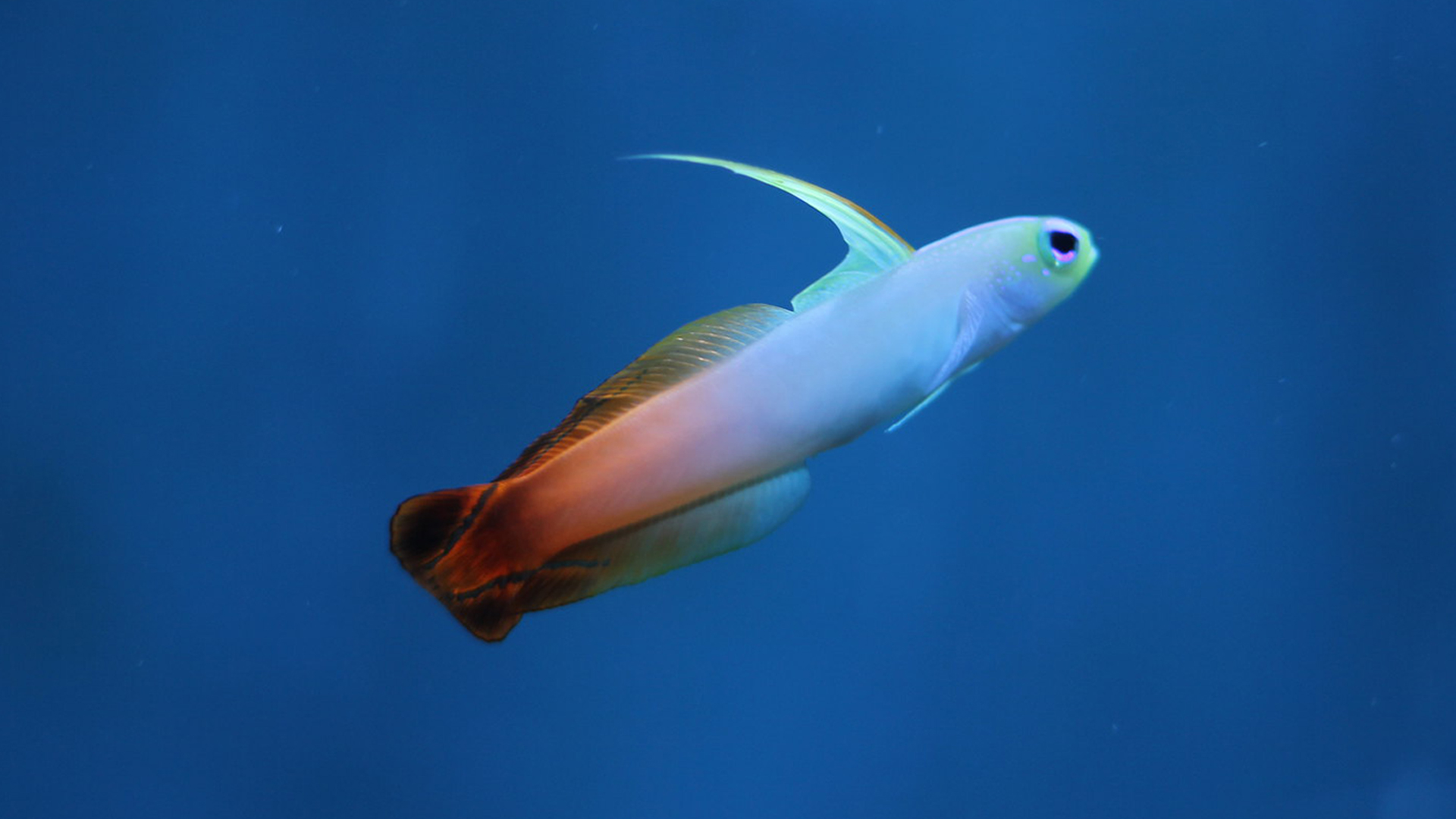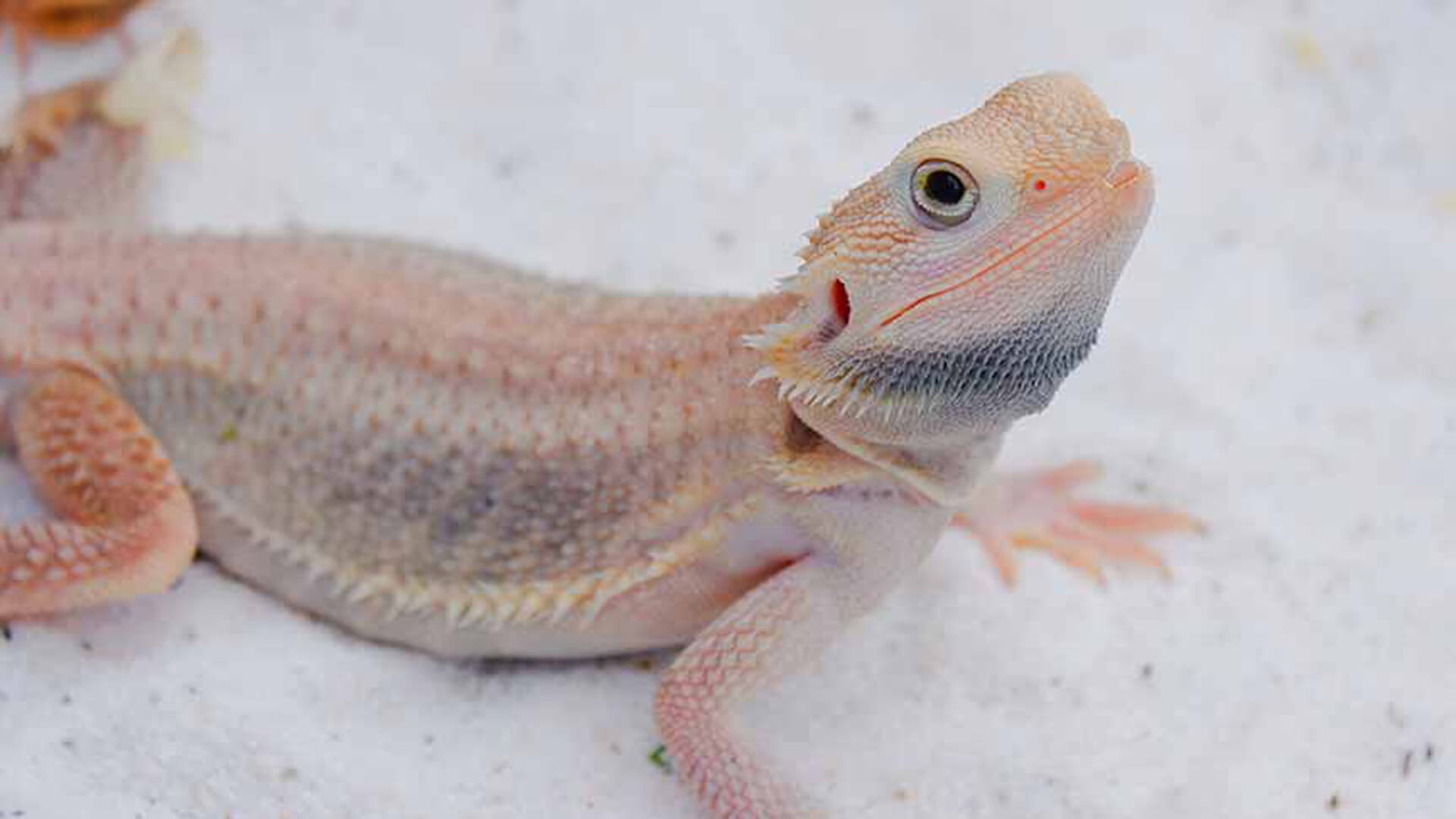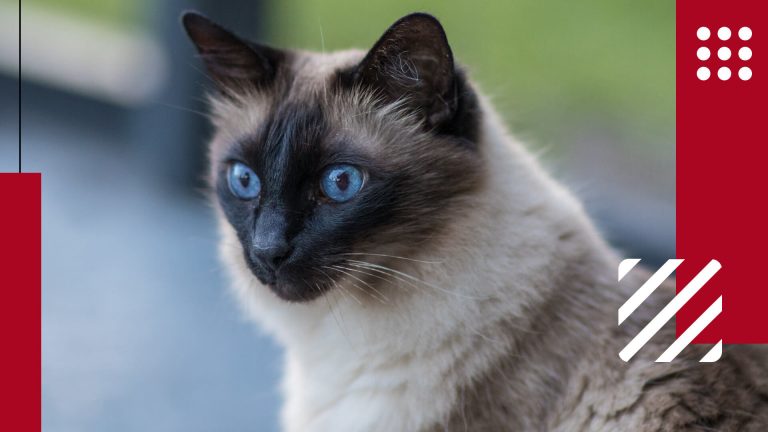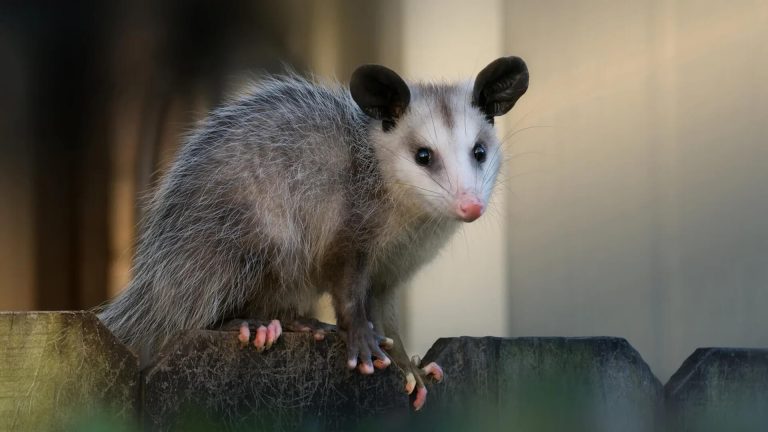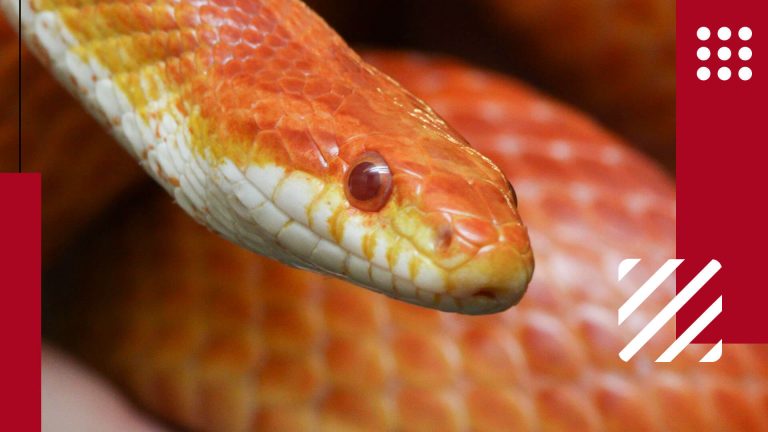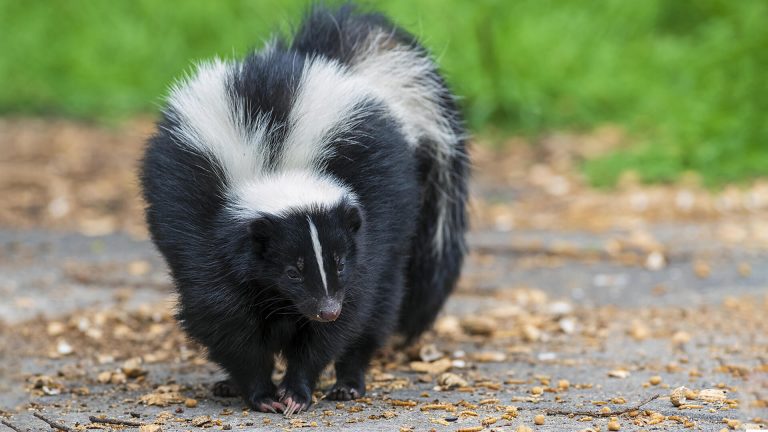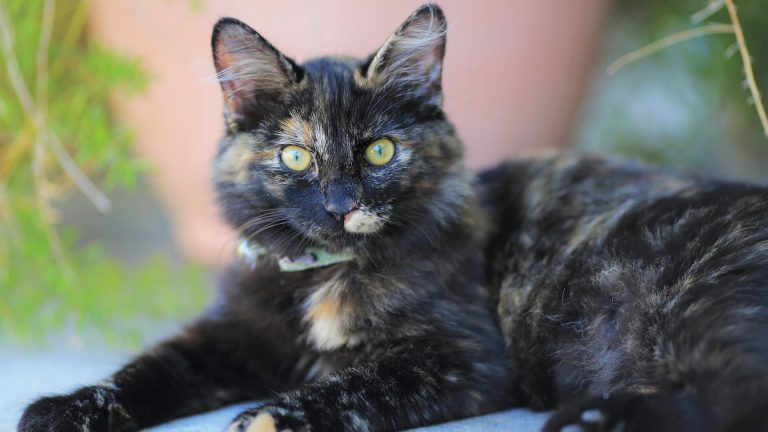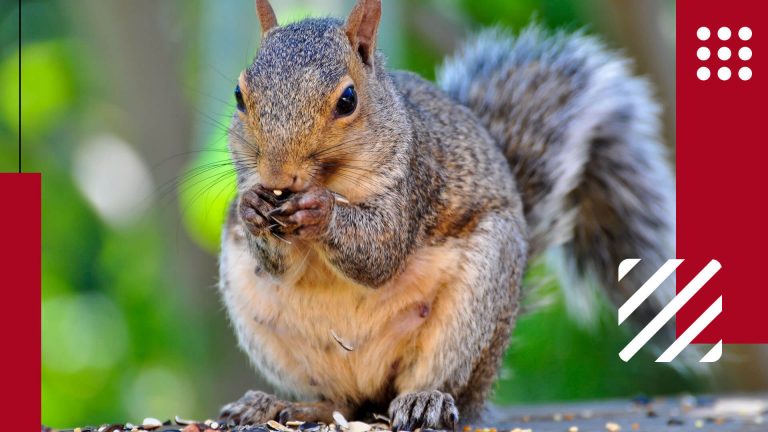Rusty-spotted cats, also known as Prionailurus rubiginosus, are the world's smallest cats, found in India, western Terai of Nepal, and Sri Lanka. These wild cats are adaptable and can survive in different habitats such as agricultural land, paddy fields, coconut plantation reforested, and human settled places. In terms of domestication, rusty-spotted cats are considered expressive, frolic, and loving.
Distinctive Features of Rusty-Spotted Cat
| Scientific name | Prionailurus rubiginosus |
| Lifespan | 8-10 years |
| Color | Rusty-brown with black spots |
| Size | 14-19 inches |
| Weight | 2-3.5 lbs |
| Health risk | Low |
| Unique trait | Smallest wild cat in Asia |
| Famous for | Agile and excellent climbers |
| Temperament | Shy and elusive |
| Maintenance | Low |
| Adaptability | Indoor only |
| Behavior | May be too shy or aggressive |
| Personality | Solitary and territorial |
| Social | Not social, except during mating season |
| Domesticated | Not commonly domesticated |
The rusty-spotted cat, or Prionailurus rubiginosus, is known for its distinctive features that set it apart from other cat species. These features include its small size, agility, and unique coat pattern.
The rusty-spotted cat is the smallest cat variety in the world, measuring about 19 inches in length and weighing around 3.5 pounds. Despite its small size, it is incredibly agile and swift, earning it the nickname "hummingbird of the cat family". This cat can climb trees with ease, change directions quickly, and pounce on prey with great speed and precision.
One of the most distinguishing physical characteristics of the rusty-spotted cat is its coat pattern. It has predominantly grey fur, which is short and soft, with darker-hued spots on its back and face. These spots can sometimes resemble stripes, and the cat's underbelly is white. The rusty-spotted cat gets its name from these rusty-colored spots on its coat, which make it easily recognizable.
Another unique feature of the rusty-spotted cat is its hunting prowess. Despite its small size, it is a fierce hunter and carnivore, living on a diet of rodents, birds, frogs, lizards, and tiny amphibians. It is an expert climber and ferocious at hunting both on trees and the ground. The cat conceals itself on trees and jumps directly onto prey, using its stealthy nature to its advantage. The rusty-spotted cat is also known to be able to kill prey triple its size, making it a formidable predator.
Appearance & Personality of Rusty-Spotted Cat
The rusty-spotted cats are smaller than domestic cats. They are about 19 inches long and about 3.5 pounds in weight. The difference between males and females in size is not much.
Rusty-spotted cats are nocturnal creatures. During the day they take a nap at a safe place. Food hunting happens at night. The longevity in wild is not known but as a pet, they live up to 12 years or longer. Rusty-spotted cats are shy and evasive that is why studies on them have not been done.
Predominately grey fur coats exist and the fur is short and soft. That is how it gets its name as rusty-spotted cats. They have darker-hued spots on the back face, white underbelly. At times the spots look like stripes. Horizontal stripes can be seen on the legs and chest. The head is round, tiny and rounded short ears, large round eyes, and a thick tail with dark rings. The paw pads are black. The eyes are amber or grey-brown. The head is short and round. The legs are also short. Comparatively the tail is long with dark rusty color more so than the body color.
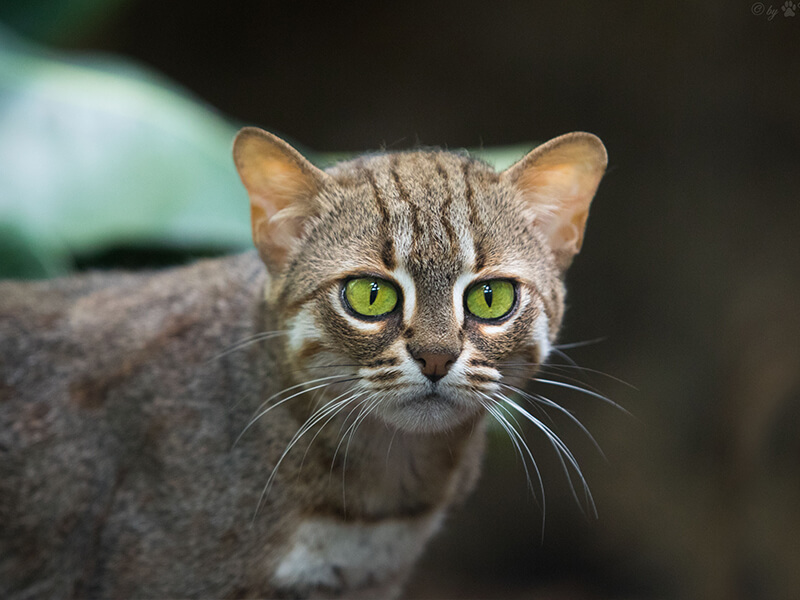
Mating
When a female is ready to mate, she will vocalize to attract males. The male will then approach the female, and they will engage in a variety of behaviors, including rubbing against each other, grooming, and nipping at each other. Mating typically occurs on the ground, and the pair may mate several times over the course of several hours.
After mating, the male will leave the female, and she will be solely responsible for raising the offspring. The female will give birth to a litter of one to three kittens after a gestation period of about 70 days. The kittens are born blind and helpless, and the mother will care for them in a den, providing milk and protection. The kittens will remain with the mother for several months until they are ready to venture out on their own.
Why is Rusty-Spotted Cat Endangered?
The rusty-spotted cat is considered a near-threatened species on the IUCN Red List. While there is no precise estimate of the population size, their numbers are believed to be declining due to several factors, including:
- Habitat loss: The rusty-spotted cat's natural habitat is being destroyed due to deforestation, human settlement, and conversion of forested areas into agricultural land.
- Human-wildlife conflict: Rusty-spotted cats are sometimes killed by farmers or hunters who perceive them as a threat to their livestock or as pests.
- Poaching: Rusty-spotted cats are also hunted for their fur, which is highly valued in the international fur trade.
- Fragmentation: The fragmentation of habitat, caused by highways, railways, and other infrastructures, can result in isolated populations of rusty-spotted cats, which can be at a higher risk of extinction.
- Climate change: Climate change can also have an impact on the rusty-spotted cat's habitat and prey availability, which can affect their survival.
What Do Rusty-Spotted Cats Eat?
Rusty spotted cats are carnivorous and mainly feed on small prey such as rodents, birds, lizards, insects, and occasionally frogs. As they are small in size, their diet consists of mostly small animals. In addition, they are known to prey on small mammals like squirrels and bats, as well as reptiles like snakes and geckos. Rusty spotted cats are also skilled hunters and are known for their ability to catch birds in mid-flight. They are mostly active during the night and hunt mainly by stalking and pouncing on their prey.
Rusty-spotted cats are carnivores and live on rodents, frogs, birds, lizards, and tiny amphibians. Sometimes they eat already dead prey. The cats prefer to hunt on dry land rather than going into the water. They are agile climbers and climb trees to dodge predators. They are expert climbers and ferocious at hunting on trees and ground. Rusty-spotted cats conceal themselves on trees and jump directly onto the prey darting from above. Cats are stealthy and make use of this characteristic while hunting. They can kill prey triple their size. They sleep on tree branches. In places where they live near the human habitat, they steal the poultry and are called a pest. They hunt at night.
Are Rusty-Spotted Cats Domesticated?
While it is technically possible to domesticate a rusty spotted cat, it is not recommended or legal in many places. Rusty spotted cats are wild animals and are not naturally inclined to live with humans or in domestic environments. They have not been selectively bred for traits that make them suitable as pets, and as such, they can be difficult to care for.
Furthermore, many countries have laws prohibiting the ownership of wild animals as pets, including rusty spotted cats. It is important to respect these laws and allow these animals to live in their natural habitats. It is also crucial for their conservation, as captive breeding of wild animals can have negative effects on their genetic diversity and overall population health.
If you are interested in owning a cat, it is recommended that you consider adopting a domesticated cat. These cats are already adapted to living with humans and can make wonderful companions. Some of the options are Balinese cat, Sphynx cat (hairless cat), Donskoy cat and Peterbald cat.
Can You Keep a Rusty-Spotted Cat as a Pet?
Rusty-spotted cats are wild animals and are not recommended as pets. In many countries, including the United States, it is illegal to keep them as pets without proper permits and licenses. Additionally, they have specific dietary and environmental requirements that may be difficult to replicate in a home setting. It's important to remember that wild animals, even those bred in captivity, have specific needs that are best met in their natural habitat. Keeping a rusty-spotted cat as a pet is not only illegal in many places but also unethical and could lead to harm to both the animal and the owner. It's best to admire these beautiful creatures from a distance and support conservation efforts to protect their natural habitats.
How to Take Care of Pet Rusty-Spotted Cat?
As mentioned earlier, keeping a Rusty-Spotted Cat as a pet is generally not recommended due to their endangered status and specific care requirements. However, if you keep rusty-spotted cat as a pet in a country where it's legal, here is some information on how to properly take care of them.
Habitat Setup
Rusty-Spotted Cats require a large, spacious enclosure with plenty of opportunities for climbing, hiding, and exploring. The enclosure should be secure and escape-proof, with access to both indoor and outdoor areas. It should also include a variety of enrichment items, such as toys, perches, and hiding spots.
Feeding
Rusty-Spotted Cats are carnivorous and require a diet consisting of primarily meat. In captivity, they can be fed a diet of high-quality, lean meat, such as chicken or turkey. It is also recommended to supplement their diet with appropriate vitamins and minerals.
Socialization
Rusty-Spotted Cats are solitary animals and do not typically do well in social situations with other cats or humans. Socializing them can be difficult and requires a lot of patience and time. It is recommended to consult with a qualified exotic animal veterinarian or behaviorist before attempting to socialize a Rusty-Spotted Cat.
Health Risks
As with any animal, Rusty-Spotted Cats can be susceptible to various health risks, such as respiratory infections, dental problems, and parasites. It is important to have a qualified exotic animal veterinarian who is knowledgeable in treating Rusty-Spotted Cats on hand to provide regular checkups and necessary medical care.
Other Considerations
It is important to be aware that keeping a Rusty-Spotted Cat as a pet may be illegal in some areas due to their endangered status. Additionally, they are highly active and require a lot of mental and physical stimulation, which can be difficult to provide in a domestic setting. It is crucial to thoroughly research and consider all aspects of caring for a Rusty-Spotted Cat before deciding to bring one into your home.
Facts About Rusty-Spotted Cat
Some interesting facts about Rusty-Spotted Cats are:
- Rusty-Spotted Cats are the smallest wild cats in Asia and one of the smallest in the world.
- They are expert hunters and can jump up to six times their body length to catch their prey.
- Rusty-Spotted Cats are nocturnal, meaning they are most active during the night.
- They have a distinctive rusty-red fur coat with black spots, and a white belly.
- Rusty-Spotted Cats are solitary and territorial animals.
- Their natural habitat includes forests, grasslands, and rocky areas in India, Sri Lanka, and Nepal.
- They are listed as vulnerable on the IUCN Red List due to habitat loss and fragmentation.
- Rusty-Spotted Cats have a high-pitched, bird-like call which they use to commnicate with other cats.
- They are sometimes referred to as "hummingbird cats" due to their small size and agility.
- Rusty-Spotted Cats are not commonly seen in the wild, making them a rare and elusive species.
What People Are Reading:
Frequently Asked Questions About Rusty-Spotted Cat
How many rusty-spotted cats are left in the wild?
It is difficult to estimate the exact number of rusty-spotted cats in the wild, but it is believed that their population is decreasing and there may be less than 10,000 individuals remaining.
How long do rusty-spotted cats live?
Rusty-spotted cats can live up to 12 years in the wild and up to 14 years in captivity.
How big are rusty-spotted cats?
Rusty-spotted cats are one of the smallest wild cat species in the world, with a body length of 35-48 cm and a weight of 0.9-1.6 kg.
What is the habitat of rusty-spotted cats?
Rusty-spotted cats are found in a variety of habitats including dry and moist deciduous forests, scrublands, and grasslands in India and Sri Lanka.
What are the threats to rusty-spotted cats?
The main threats to rusty-spotted cats are habitat loss due to deforestation and agricultural activities, poaching for their fur and body parts, and the pet trade.
What is being done to protect rusty-spotted cats?
Conservation efforts include habitat protection, education and awareness programs, anti-poaching measures, and monitoring of populations. In addition, breeding programs in captivity are being carried out to help increase the population of this species.



